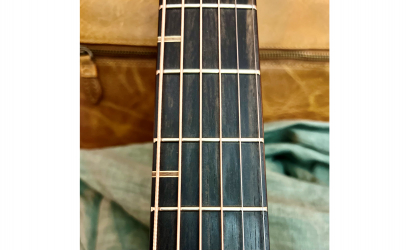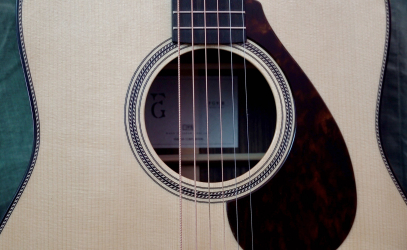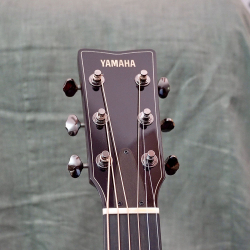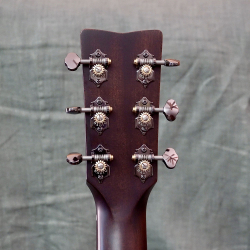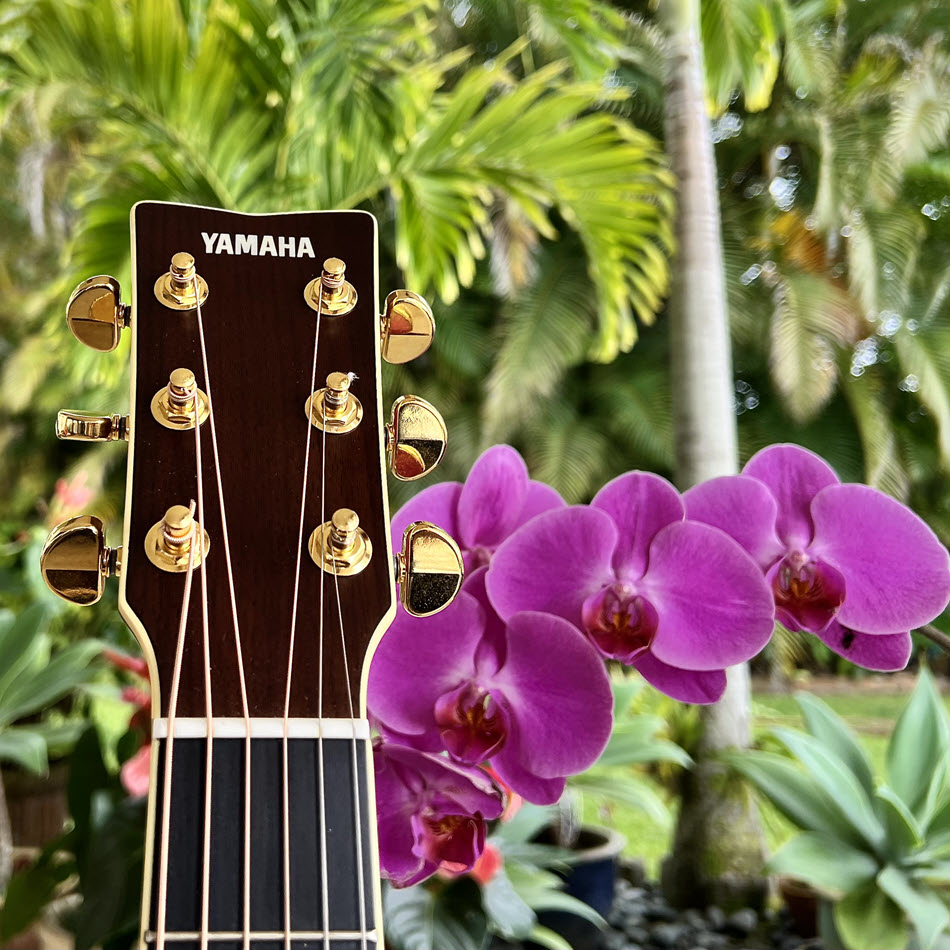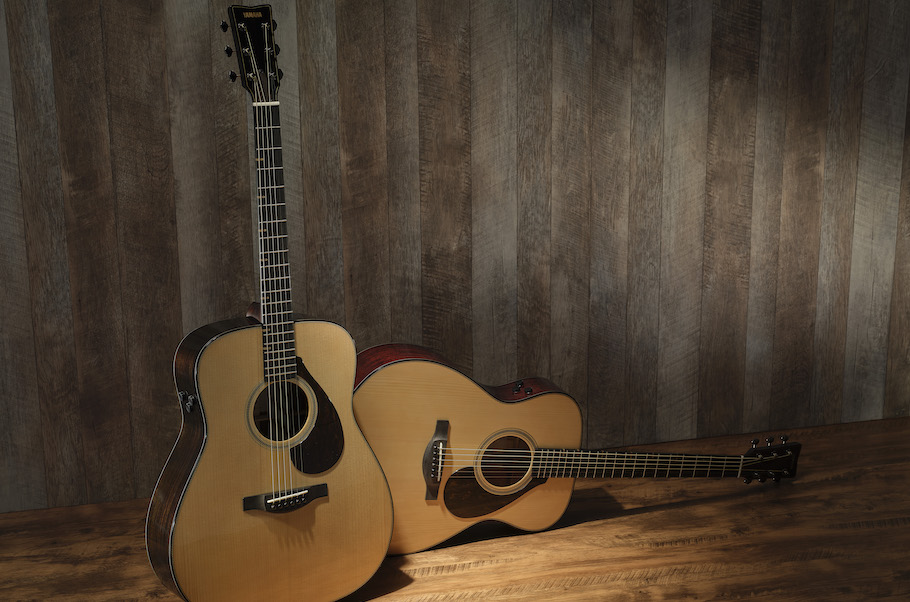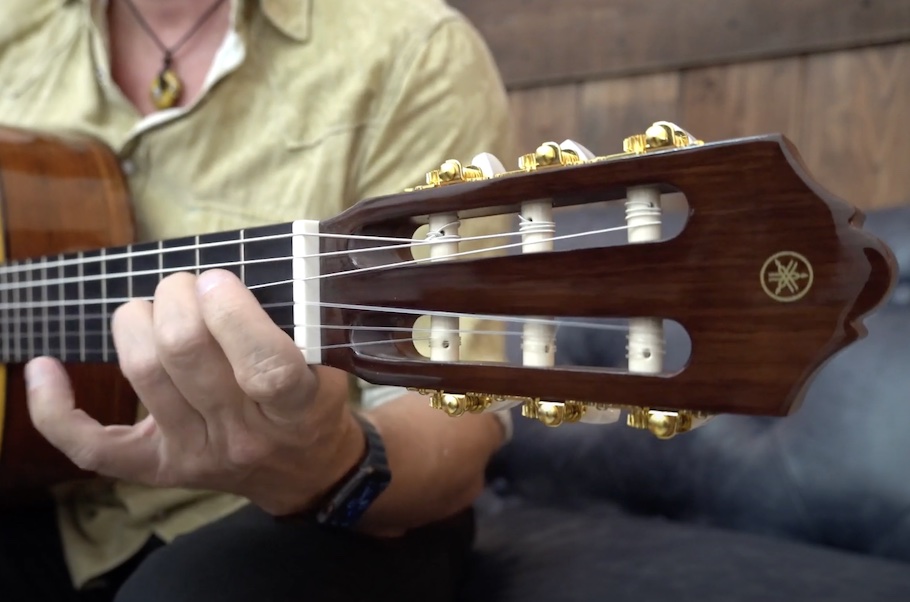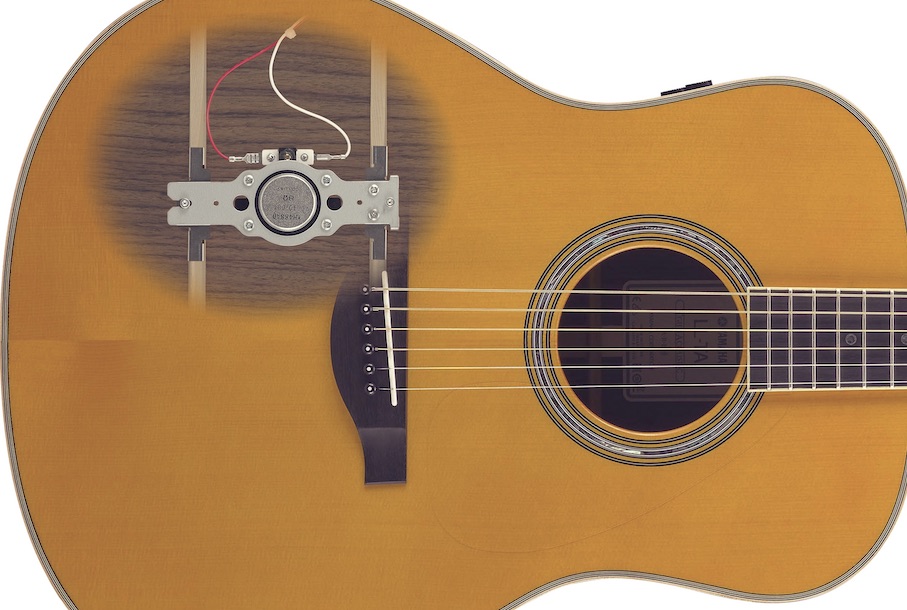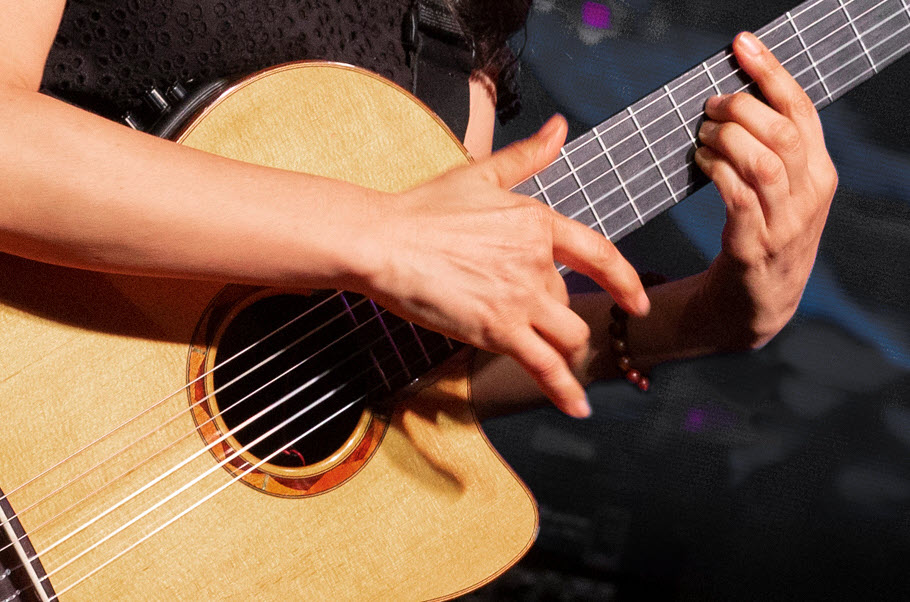Raising the Bar: FG9 Acoustic Guitars
The perfect companion for the singer-songwriter.
Yamaha released their first acoustic guitar, the FG180, back in 1966. These “red label” guitars found fame on the stage of the original Woodstock festival and were re-released in recent years with some updated features, including the amazing Atmosfeel three-way pickup system and A.R.E.-treated spruce tops. (A.R.E. is short for Acoustic Resonance Enhancement.) The Yamaha FSX3 and FSX5 Red Label models are among my favorite steel-string acoustic guitars. In my opinion, they bridge the gap between vintage style, tonality and modern performance attributes.
But constant research and development keeps Yamaha at the cutting edge of acoustic guitar technology, so it should come as no surprise that the new flagship FG9 (first unveiled at the 2023 NAMM show) raises the bar even higher.
The FG9 is a dreadnought-style acoustic guitar that may well represent the pinnacle of Japanese craftsmanship. There are two models: the FG9 R and FG9 M. Both feature Adirondack spruce tops, one-piece mahogany necks, bone nut and saddle, and a classic ebony fingerboard and bridge. The FG9 R sports a solid Indian rosewood back and sides, while the FG9 M has a mahogany back and sides.


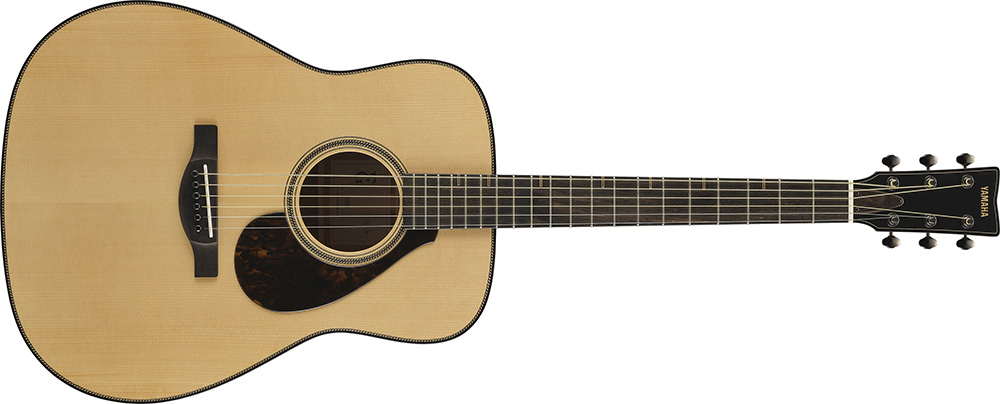
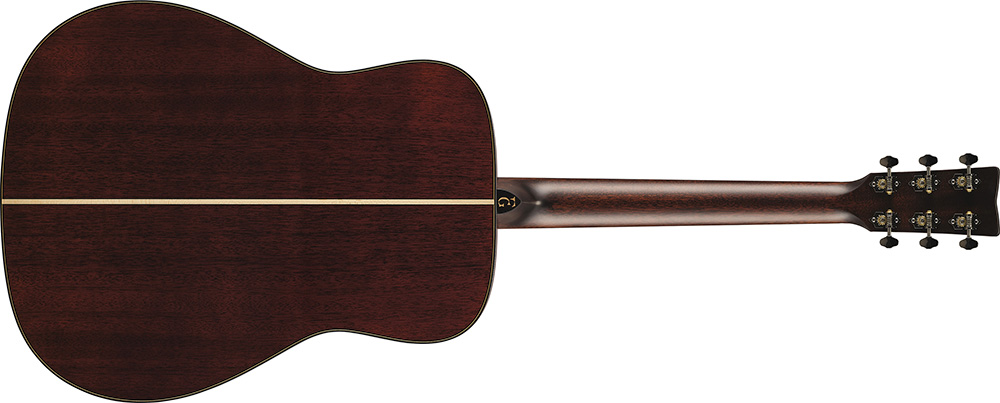
The distinctive fingerboard inlays resemble traditional Japanese Kumiki woodworking, and the rope-shaped rosette and purling on the sound hole is a motif deeply rooted in Japanese culture.
Like all FG guitars, the design is deceptively simple. However, there are details beneath the surface that set these tonal powerhouses apart from other dreadnought guitars.
For one thing, Yamaha has tapered the edges of the Adirondack tops to provide structural integrity while allowing the body to vibrate more efficiently — a combination that contributes to both power and sensitivity.
In addition, the neck has a new structural design that combines bolt-on and glued construction to increase body vibration. The neck and body joints are also finished and adjusted with the highest precision. The open-geared tuners work perfectly, and the smokey grey finish of the tuning buttons looks really cool. It’s a very nice touch.
Last but not least, FG9 guitars are finished with a nitrocellulose finish — another detail that contributes to the resonance, projection and clarity these instruments possess.
Tonality
The primary objective Yamaha had with the FG9 was to produce a guitar optimized for the singer-songwriter, so the first test was to play one of my favorite songs on both models.
I liked the way both instruments complemented my singing, as they are extremely balanced in the bass frequencies. This allowed my somewhat deep voice to take precedence in the mix when performing live.
As expected, the rosewood FG9 R sounded warmer and softer than the mahogany FG9 M, which produced lovely, crisp single-note passages for musical interludes and fingerstyle playing. I like them both equally, but if I had to choose one, I think I’d opt for the FG9 R as it would give me a distinctively warm yet articulate guitar for sessions and live performances.
Playability
The bone nut and bridge on both models are cut to perfection, allowing for tuning stability and perfect intonation in both the open position and in the upper register.
The fretboard is easy to navigate, and never feels challenging. I found that I didn’t even have to think about it at all — it just lets you glide over the strings effortlessly. The fret ends are super smooth, and the satin-finished necks are a dream to play.
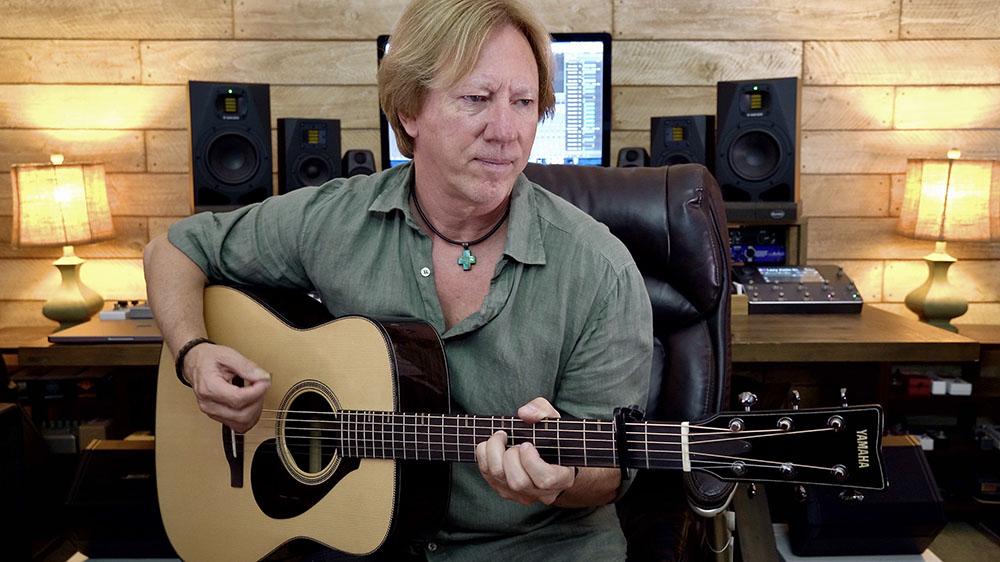
It’s perhaps worth mentioning that the rosewood FG9 R model is slightly heavier than the mahogany FG9 M due to the different density of the tonewoods, but it didn’t feel overly heavy, even when played for extended periods while standing up.
I did find that I had to adjust my playing style for the wider body shape of a dreadnought, but the striking tones coming from these guitars made the extra effort worth it. Perhaps Yamaha might consider making the FG9 in a concert body size as well.
The Video
Yamaha have produced some excellent videos featuring the two FG9 models. However, those videos are predominantly acoustic with male vocals. I thought a fresh way to demonstrate these guitars was to create a full production track with female vocals.
I used a G open tuning for the main guitar parts, and a capo’d fingerstyle guitar overdub for the chorus sections. I also added some tasty melodic phrases with a harmony part, plus a cool electric guitar solo (played on a Yamaha Pacifica 612VIIFM through a Line 6 Helix processor) for tonal variation.
The sound of the two FG9s are captured with a large diaphragm tube microphone. Each rhythm guitar part is double-tracked and panned to opposite sides in the stereo mix. I also recorded and filmed each guitar in isolation so you can make comparisons between the FG9 R and FG9 M models.
The Wrap-Up
With the FG9, Yamaha has taken the FG range to new tonal heights and aesthetic perfection. Playing a guitar that is so responsive to the player’s touch and dynamic approach is so inspiring!
I found that both the FG9 R and FG9 M beautifully complemented my vocals, wrapping the melody with just the right amount of rhythmic support and harmonic punch. There’s an amazing openness and “air” around the notes that I haven’t experienced with other acoustic guitars. Especially if you’re a singer-songwriter, this is one guitar you’ve got to check out!
Photographs courtesy of the author.










